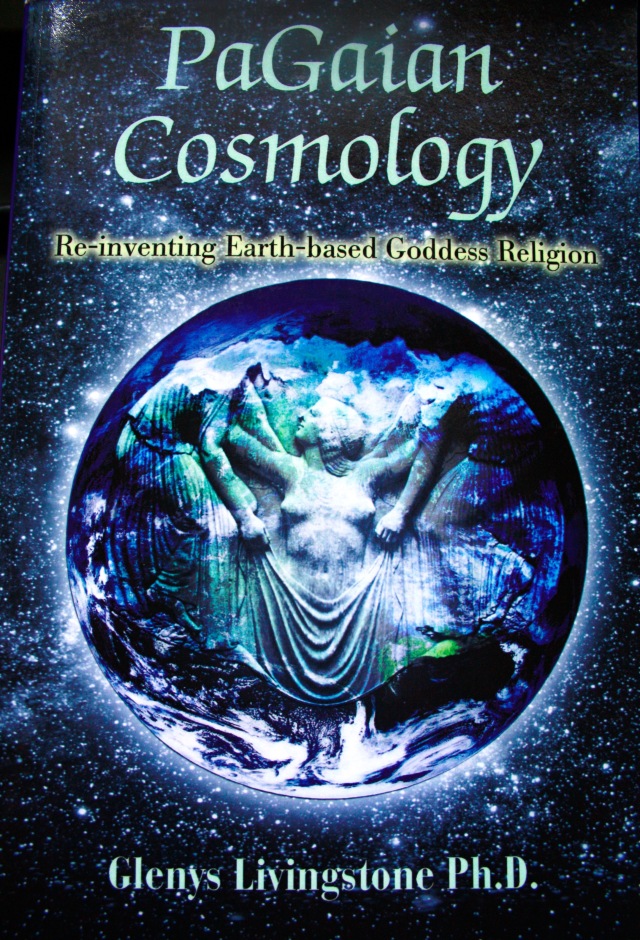Aidan Moore (Aodhgan O Mordha) was born “around 1939, a morning’s walk from the homestead and stronghold of the great, the beautiful, the terrible Queen Maeve of legendary fame, Cuchulainn’s enemy and nemesis. Raised in Kerry. Educated there in the traditional language and culture, and later in European culture by the Jesuits at Clongowes Castle and College on the actual Pale (it ran behind our playing fields), and finally in Trinity College, Dublin University, founded by Queen Elizabeth the First to bring English culture, language and religion to the baffling and alien Irish.”
In my schooldays in Kerry I was intellectually forward so my teachers recommended I be sent to the Jesuits who specialised in handling such young people. Accordingly I was sent to Clongowes Wood College in Kildare.
When the Roman Catholic religious orders were allowed to return to Ireland and open schools, previously forbidden as treasonous by the Penal Laws used to rule Ireland, most of the orders opened schools in the area of the English Pale around Dublin and Kildare. It was no longer a strategic military border but still a cultural one. Engagement beyond the Pale, though no longer actually illegal, was still regarded as suspicious and inadvisable both in Whitehall and in Rome. Most of the Continental orders, other than the Franciscans who had always stood by the Irish people. maintained their studied indifference to the native culture, believing it was best for the Irish to forget their unfortunate Gaelic past and become Anglicised in language, law and culture.
The Jesuits, however, wanted to engage with the native culture, and moved aggressively to the very edge of the Pale to establish an elite school on the European model to nurture a native elite. I was deeply immersed in the native culture. That is why my teachers and family in Kerry, so distant from the Pale, chose this college for me.
Clongowes, called ‘Clane’ in the Middle Ages, was actually a bastion fortress and castle of the Pale, so the Jesuits’ choice was a daring one. It worked for them, though, because when the Irish pushed into the Pale in the 19th and early 20thC, finally occupying and sacralising Dublin at Easter 1916, spiritually transforming the Capital City of the island into an Irish rather than an Anglo-Norman city, they took care to destroy the Castles of the Pale and to burn the mansions of the aristocracy who owned both it and England. This prolonged insurgency was called The Tithe War, The Land War and the Fenian Campaign. You can still see the impressive remains of castles like Trim on the edge of the Pale, and the ruins of the mansions of the gentry all over Ireland. Admittedly, to give him his due, Cromwell achieved some of it with his cannons during the War of the Three Kingdoms, often called The English Civil War. Clongowes was spared, and the Jesuits lived in it in my day and today in peace and achievement.
Wales had a similar structure, a ring of huge and intimidating castles around it, of which Caernarfon Castle is the most intimidating and impressive. The Welsh ‘bona cloiche’ (collar of stone) was built to keep the Welsh in (and down). In Ireland the similar collar of stone was built around the English Pale, to keep the Irish out.
The Jesuit President of Clongowes Castle and College instituted an annual prize, consisting of a handsome medal of silver decorated in the Celtic La Tene style, for cultural expression- literature, poetry etc, in the native Gaelic culture and language. It was a competitive effort. I was awarded it in 1955. I recently unearthed it in order to find a photo of my teenaged youth. I must say I was surprised by the sentiments expressed in it, which canvassed the Celtic worship of the Earth expressed as personal feeling. I thought I developed those beliefs later in life, but I now realise that the cultural indoctrination I received from the Seanachies on the sheep-nibbled grass above the cliffs at Slea Head, in sight of the sacred island of Skellig Michael, was sown deeply and early.
Aidan Moore (Aodhgan O Mordha)
Canberra 2022







You must be logged in to post a comment.